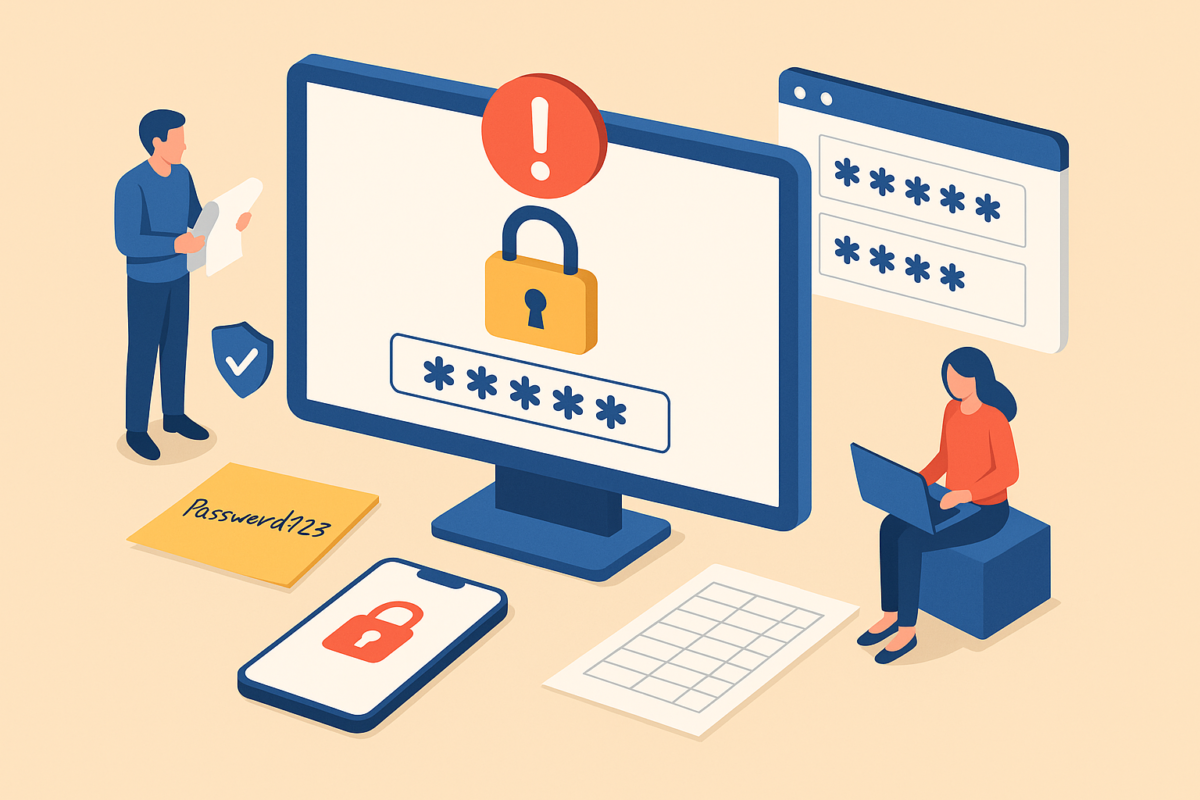Picture starting your day only to find your inbox compromised, client data exposed, and your systems locked by ransomware. The cause? A weak, reused password from one employee. It might sound extreme, but situations like this happen every day, and they’re almost always preventable.
Even with advanced cybersecurity tools in place, poor password habits remain one of the leading causes of business data breaches. This post explores what makes a password risky, the hidden costs of weak credential management, and how a password manager can transform your company’s digital security.





